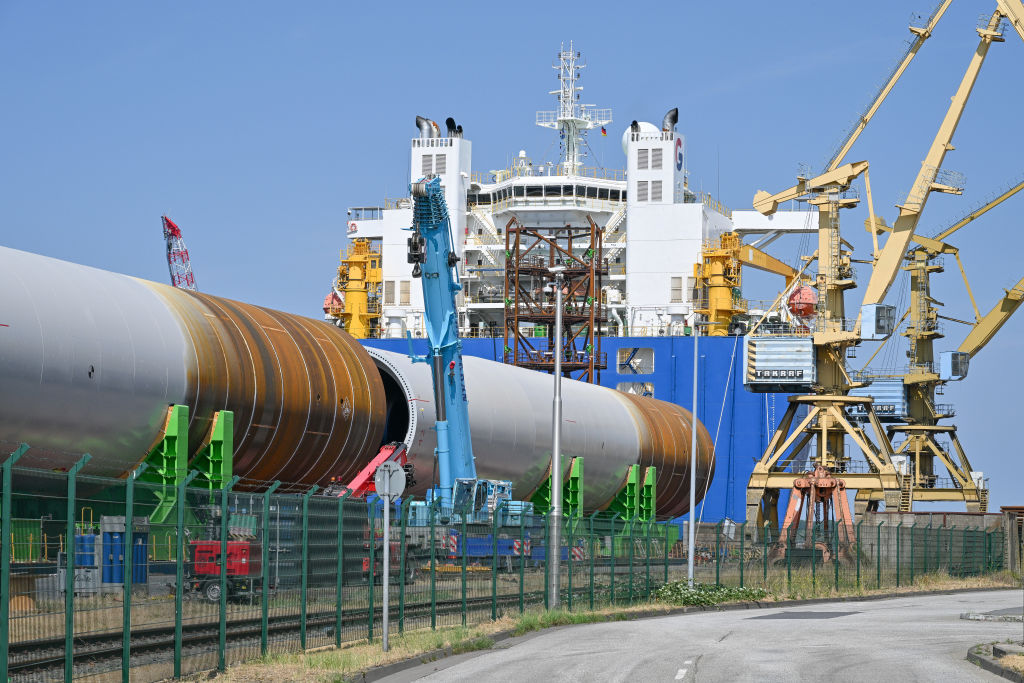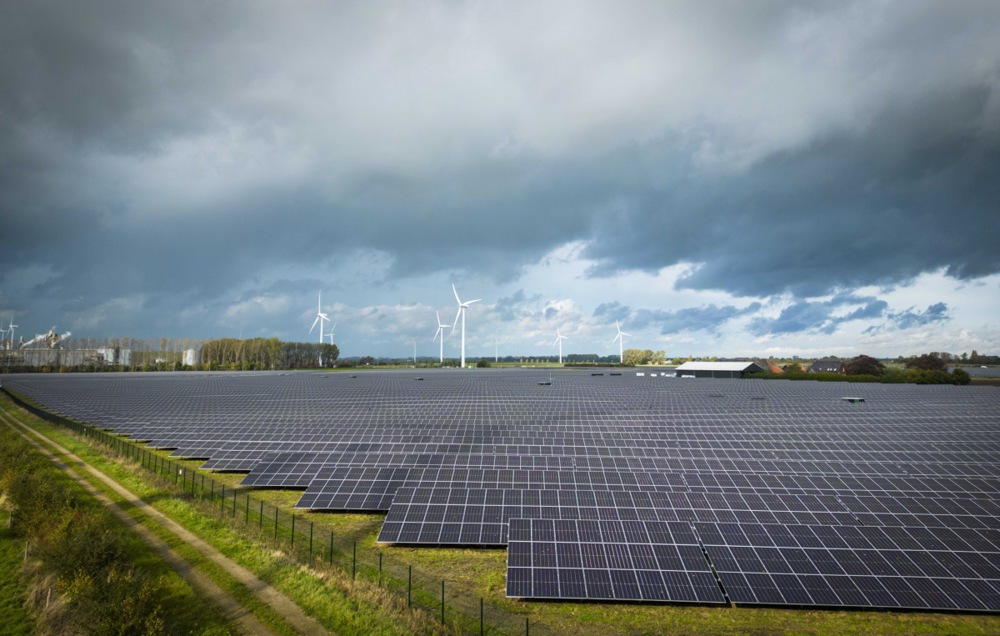Real estate investors already battered by high-interest rates now face the prospect of significant writedowns triggered by new European regulations.
Property owners across the region will need to invest vast sums in renovations to ensure their buildings aren’t emitting illegal levels of carbon dioxide or consuming excessive amounts of energy, according to lawyers advising the sector.
The situation “is causing huge problems,” said Rory Bennett, a managing associate at the real estate practice of Linklaters in London. Portfolios containing energy-inefficient buildings face “the task of expending a huge amount of capital to bring that up to scratch, together with refinancing or redeveloping at the highest interest rates we’ve seen in decades.”
Bennett said he’s regularly called into meetings at which “we spend hours talking about what to do.”
This month, lawmakers in the European Union passed the Energy Performance of Buildings Directive. The rollout will be gradual — lasting more than a decade — but property owners that fall too far behind risk being saddled with assets that can no longer be sold or rented.
The directive is intended to force property owners to embark on large-scale renovations to improve the environmental credentials of buildings across Europe and ensure the bloc meets its commitment to the Paris Agreement. For now, refurbishments in the region only reduce annual energy consumption by 1 per cent, according to the European Commission. To meet its climate requirements, the EU says property owners need to raise spending on renovations by €275 billion a year.
“It’s huge sums of money,” Bennett said. “The reality is there will be some who simply can’t afford or would choose not to comply with the legislation directive on the basis that paying a penalty is, at least in the short term, easier than having to spend a huge amount of your reserves on bringing your stock up to grade.”
For real estate investors, the new wave of green requirements adds to the fallout from higher interest rates. The situation has started to attract short sellers, who are now targeting the weakest links in a global property market that’s struggling on multiple fronts.
Europe’s new energy-performance law is likely to affect tens of thousands of buildings across the region. By 2033, property owners will need to have renovated a quarter of the EU’s biggest energy-guzzling buildings. Fossil-fuel boilers are out and solar-panel-ready buildings are in. And by 2030, all new buildings must be emissions-free.
The directive is part of a package of first-ever initiatives adopted in recent years to green the EU economy, and includes legal liability for failing to address environmental harms, as well as the mandatory disclosure of energy, emissions and water-use data.
The UK also is planning rules that will force property owners to embark on environmental upgrades. Mount Street, a London-based company managing €65 billion of European real estate loans, estimates that about 70 per cent of Britain’s commercial property currently has an energy performance certificate (EPC) grade of C or lower. That implies major upgrades ahead as the UK plan gives all building owners until April 2027 to reach a grade of at least C. By April 2030, a building’s grade can’t fall below B for it to stay operational.
Jim Gott, who manages the asset surveillance team at Mount Street, says the current proposal implies an investment need as high as £150 billion.
“In a lot of places, you’re going to struggle,” Gott said. “If you don’t hit those EPC targets, it becomes effectively illegal to rent the space. It will affect the capital value of the building.”
About 60 per cent of UK warehouse space is on track to fall short of a B rating by 2030, according to law firm Ashurst, which cited data published in Logistics Matters.
What Bloomberg Intelligence Says:
“The volume and count of completed M&A transactions in Europe’s real estate sector is close to historic lows,” BI’s Jeroen Julius and Nick Beckwith wrote earlier this month.
Stricter EPC rules are becoming a potential “regulatory cliff edge for unrentable European offices,” said Kim Politzer, head of research for European real estate at Fidelity International. “Poorer quality buildings in secondary locations need expensive capex renovations” and “the sums are getting more difficult to add up.”
In the EU, about 85 per cent of buildings were constructed before 2000, according to the European Commission. Because of poor energy performance, they are the single biggest users of power at a time when fossil fuels constitute two-thirds of the energy sources for heating and cooling. The EU wants the sector’s emissions cut by 60 per cent by 2030.
Such considerations have taken on growing importance in investment negotiation and decision processes, said Jean-François Vandenberghe, a real estate specialist at Baker McKenzie. Some asset owners and managers are embracing the new trend, while others are focused on mitigating the obligations, he said.
On the flip side, buildings that are already green are more in demand than ever. In major EU markets, 22 per cent of the office stock was certified sustainable as of mid-2023, up from 15 per cent in 2019, according to CBRE, a real estate adviser. Other CBRE research found that when the effects of a building’s size, location, age and renovation history are accounted for, green certified buildings command a 7 per cent rental premium.
Certified office take-up in major European markets rose to 34 per cent as of mid-2023, up from 31 per cent in 2019, “confirming the trend that sustainability is an important factor for occupiers,” CBRE said in a report. “However, the local office supply composition restricts the scope for occupiers to choose certified buildings.”
Demand for green properties by the EU’s biggest companies currently exceeds availability by more than 50 per cent, according to a November report by Jones Lang LaSalle Inc.
For now, real estate investors are just hoping the wider economic situation improves and softens the blow of the regulatory shock ahead.
“If the economic environment picks up, interest rates will come down and that’s going to really help with the decision-making,” Bennett said. It would give real estate investors “a little bit more breathing space.”





